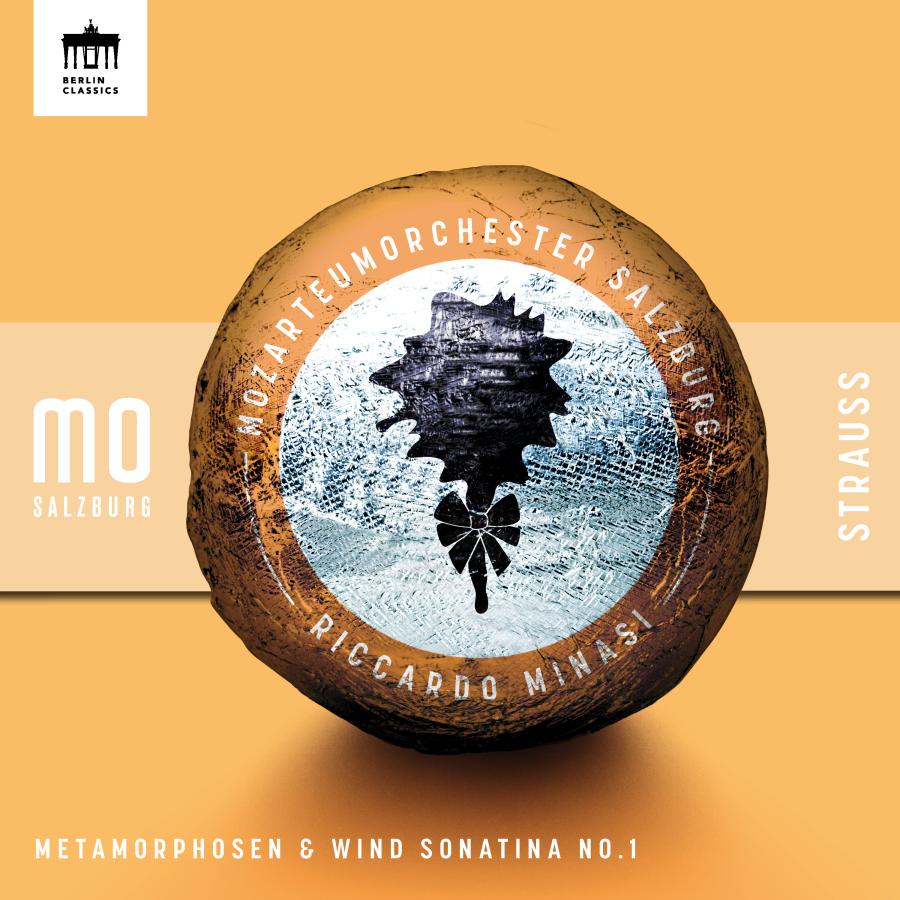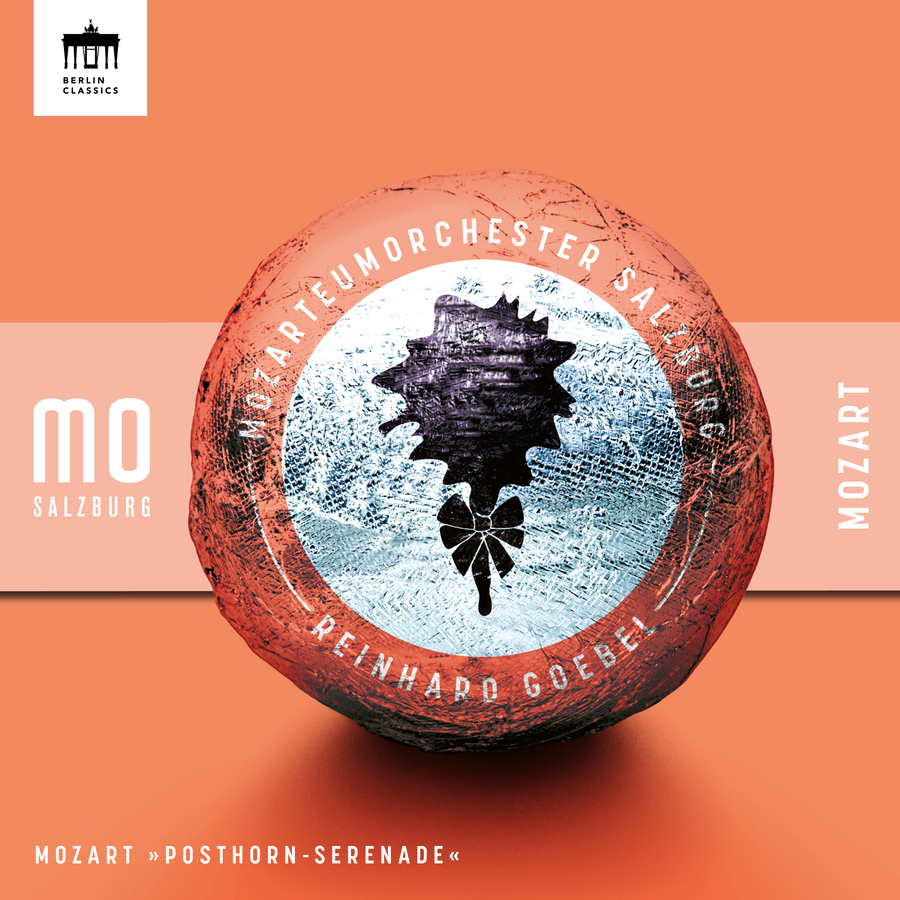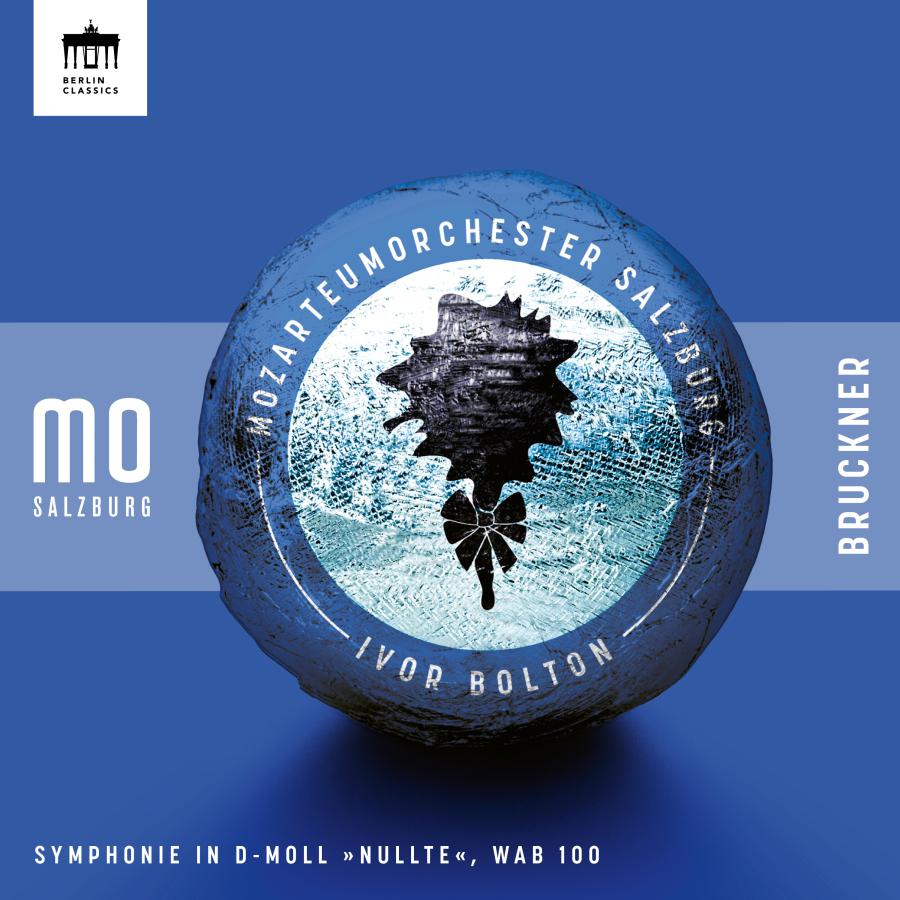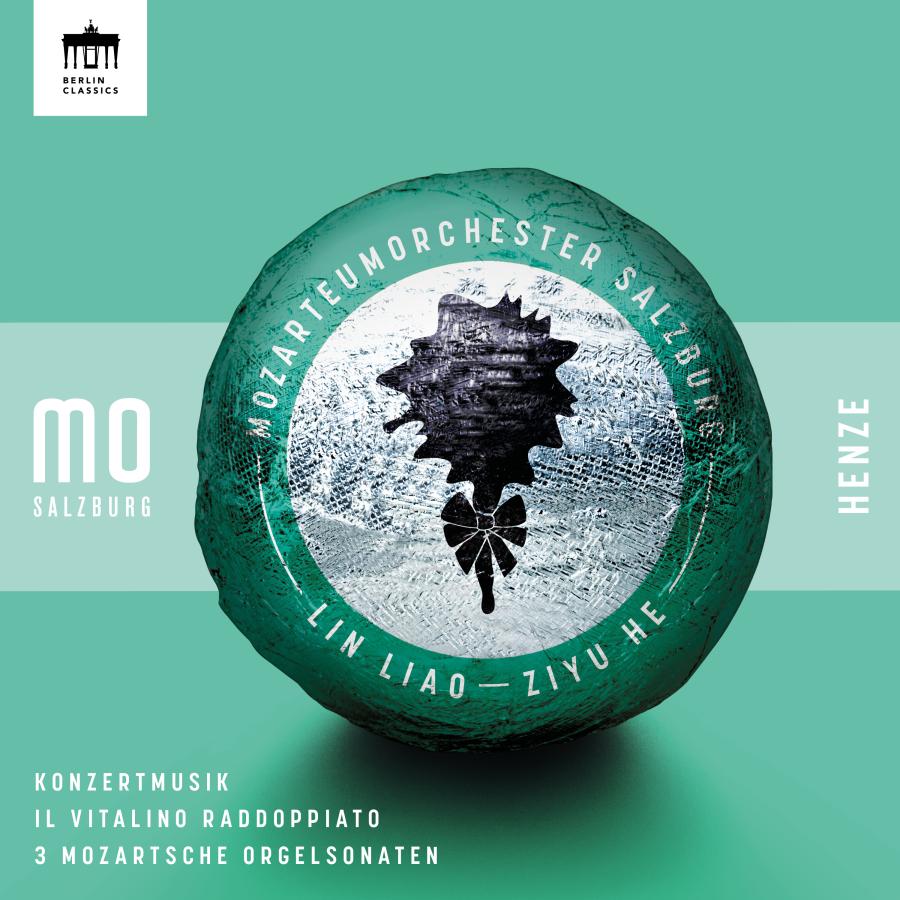“Strauss: Metamorphoses & Wind Sonatina No. 1” is the second album in a series of six that the Mozarteumorchester Salzburg will release on the Berlin Classics label until 2025. For this album, the orchestra has chosen the internationally renowned conductor Riccardo Minasi. Originally, a concert under his baton was to take place at Salzburg’s “Großes Festspielhaus” in the 2020/21 season, but like so many events, it had to be canceled. Instead, the decision was made to record with repertoire whose instrumentation sizes were appropriate to the conditions: Richard Strauss “Metamorphosen” for 23 solo strings and the first Sonatina for 16 wind instruments. The repertoire thus selected highlights the individual sections of the orchestra, strings and winds, and illustrates the orchestra’s flexibility in seemingly effortlessly realigning itself for the repertoire at hand. It further demonstrates that the orchestra’s constant preoccupation with its core repertoire informs its approach to the music of later eras – impressively heard on the current album of High Romantic music by the late Richard Stauss.
However, the decision for the first wind sonatina is also a link to the first album “Mozart: Serenades”. “Gran Partita”, Mozart’s serenade for winds, served Strauss as a model for the wind sonatina. The designation sonatina is just as much a trivialization as the assignment of Mozart’s work to the genre of the serenade. Measured by the musical content, it is rather a full-blown wind symphony. Strauss composed it after recovering from a severe case of the flu and commented on it with the subtitle “From the workshop of an invalid.” In general, Strauss likes to refer to his late instrumental works as “workshop works, so that the right wrist, freed from the baton, does not fall asleep prematurely.” And so the circle of understatements closes.
However, the new album does not begin with the first wind sonatina, but with the equally beautiful and sad “Metamorphosen”. The destruction at the end of World War 2 led Strauss into a despairing mood “My beautiful Dresden-Weimar-Munich, all gone!” In this troubled emotional state, Strauss begins to write a septet for strings, which he expands into a large work for 23 solo strings after receiving an official commission from the Swiss conductor Paul Sacher. In the last bars, a musical quotation from Beethoven’s “Eroica” is heard – the funeral march theme, with which Strauss once again emphasizes his personal consternation. All these feelings are made perceptible by the extremely differentiated interpretation of conductor and orchestra.
The Mozarteum Orchestra Salzburg, founded with the participation of Constanze Mozart in 1841, today enjoys the highest reputation worldwide for its lively and stylistically conscious Mozart interpretations. This album shows that the orchestra can easily operate beyond this core repertoire and is quite justifiably now also appreciated for interpretations of 19th/20th and 21st century music. A successful look over the repertoire horizon!






















